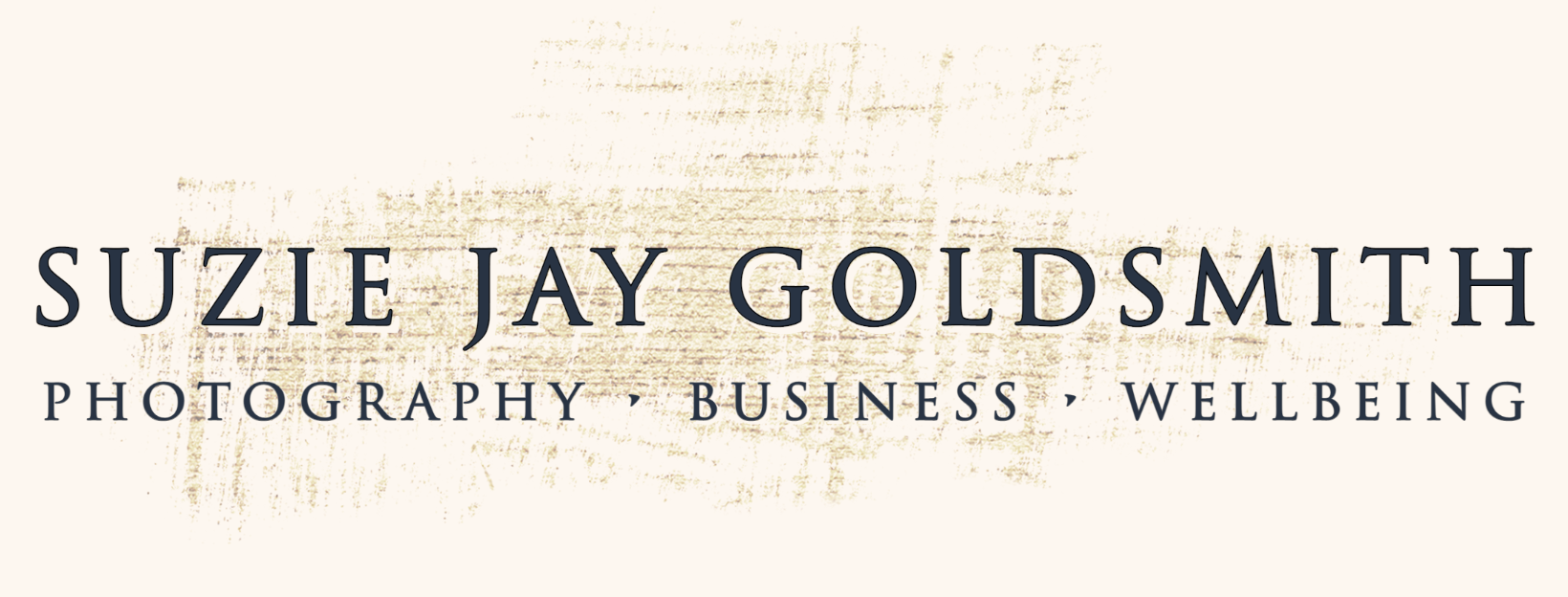4 REASONS TO SHOOT IN MANUAL MODE
There are lots of reasons why it’s a good idea to switch your camera from Auto mode to Manual mode. If you’re reading this, chances are you’re considering taking this leap already. In case you need a bit more convincing, here are my top 4 reasons for shooting in manual mode.
1. You can control the depth of field.
Let’s face it, blurry background shots can look pretty pro and they’re really not that tricky to pull off. Simply choose a wide aperture to keep your subject sharp and throw your background out of focus.
The photo below was taken with a macro lens to achieve a shallow depth of field and really heighten the focus on my daughter’s lovely long eyelashes. I set my aperture to f3.5 because shooting at the widest aperture (f2.8) isn’t usually the best way to get a tack sharp image. Shooting a couple of stops above the widest aperture meant her eyelashes are in focus and everything else is just a hazy blur. Dreamy.
2. You can create a mood by controlling the amount of light in your photo.
There are some things which look great in silhouette. An iconic building perhaps, or your little one doing their best impression of a tree. If you switch to manual mode and choose to expose for the bright sky instead of your subject, bingo! Silhouette.
I find a good thing to try with little ones is to use fun photo prompts rather than direction. Asking them to “be a tree” is a great way to combine play with a perfect photo opportunity. It’s more likely to get results than asking them to stand still (good luck with that!).
3. You can stop the flash from popping up.
Auto mode means that you’re basically letting your camera make all the decisions for you. If you let this happen and you’re somewhere with low light, your on-camera flash will pop up to throw a bit more light on the scene. This kind of light can be pretty harsh and unflattering as well as ruin the mood you're trying to convey. Shadows are a good thing, they add depth to your image but they’re usually lost with on-camera flash. With the right lens and knowing how to manipulate my camera settings in manual mode, I’ll always favour ambient/natural light over flash.
4. Unleash the creative in you.
Until I learnt to shoot in manual mode I longed to express myself creatively but couldn't. I had no outlet. I used to look at my photos and feel kind of sad that they didn’t really reflect how things looked and (more importantly) felt at the time of their taking. The moment was gone, never to be repeated. All I had was my memory of it and a photo that didn’t really do it justice. If you’ve ever felt this way, then taking control of your camera is a must. “Smile-for-the-camera” shots are fun and certainly have their place, but capturing your little one’s true character takes your photo collection to another place. It’s a special kind of camera magic. It helps you remember who they were yesterday and gives a glimpse of who they’ll grow to be.
The photo below was taken during one of my family sessions. I lay on the ground to shoot from a low angle as my subject swung above me. I used a fast shutter speed to freeze the action and converted the shot to black and white in post. I love that she looks so brave and fearless. She’s wild and free, just as every three year old should be.
I hope I've helped convince you to make the leap from Auto to Manual mode. If you’re feeling convinced and ready jump in, you can get started with my Beginner’s Guide to Understanding Exposure here












